Home>Technology>Security & Surveillance>How To Reprogram Keypad Door Lock
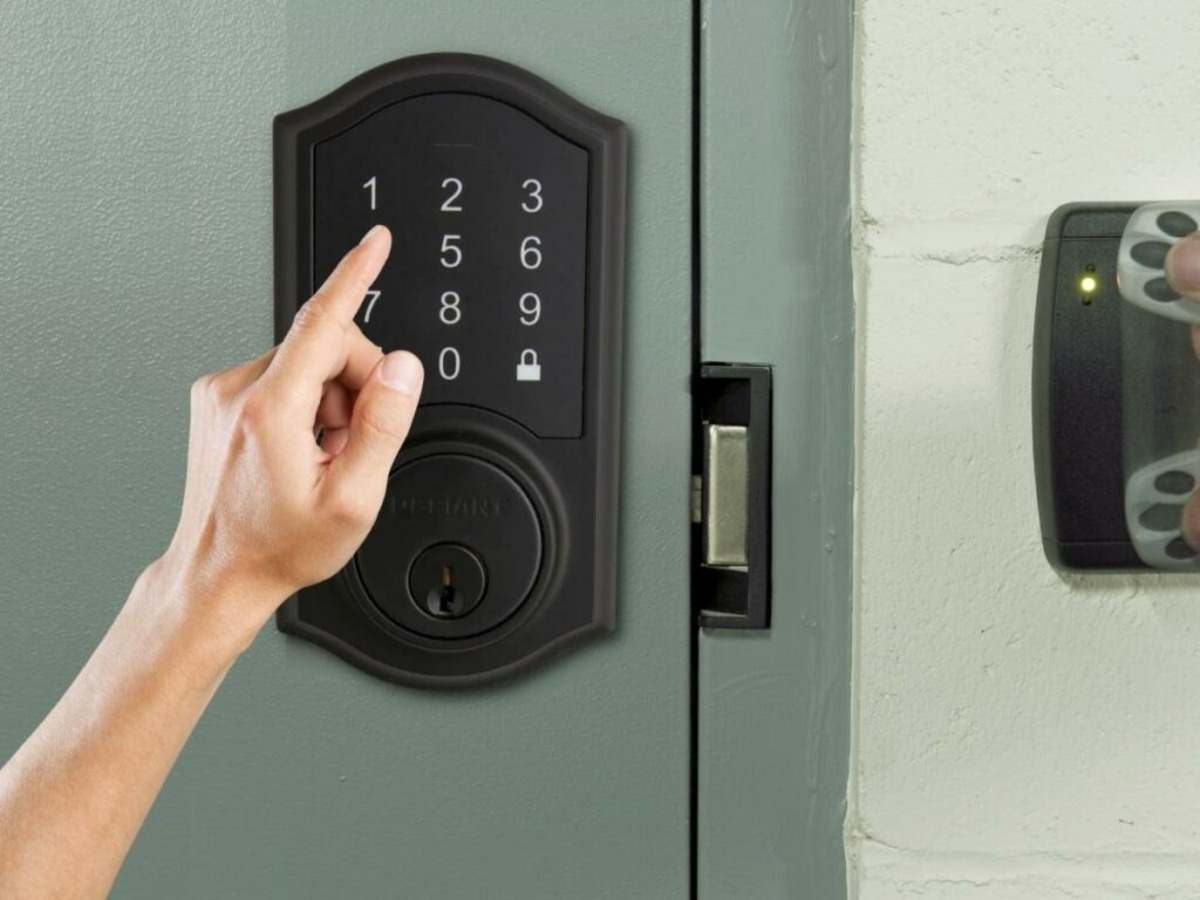

Security & Surveillance
How To Reprogram Keypad Door Lock
Modified: February 18, 2024
Learn how to reprogram your keypad door lock for enhanced security and surveillance. Follow our step-by-step guide to ensure your home's safety.
(Many of the links in this article redirect to a specific reviewed product. Your purchase of these products through affiliate links helps to generate commission for Storables.com, at no extra cost. Learn more)
Introduction
Welcome to the world of modern security technology, where keypad door locks offer convenience and peace of mind. These innovative devices provide a keyless entry solution, allowing homeowners and businesses to secure their properties without the need for traditional keys. However, there are instances when it becomes necessary to reprogram a keypad door lock, whether due to security concerns, a change in access codes, or other reasons.
In this comprehensive guide, we will explore the process of reprogramming a keypad door lock, empowering you to take control of your security system. By understanding the inner workings of these advanced locks and following the step-by-step instructions provided, you will gain the knowledge and confidence to successfully reprogram your keypad door lock.
Whether you are a homeowner looking to update your access codes, a business owner seeking to enhance security protocols, or a security professional exploring new techniques, this guide is designed to meet your needs. We will delve into the essential tools and materials required for the reprogramming process, outline the precise steps to follow, and offer insights into testing and troubleshooting to ensure optimal functionality.
As we embark on this journey, let's embrace the fascinating intersection of technology and security, where the digital realm meets the physical world. Together, we will unravel the intricacies of keypad door locks and discover the empowering process of reprogramming them to suit your specific needs. So, let's dive in and unlock the potential of your keypad door lock reprogramming skills!
Key Takeaways:
- Reprogramming a keypad door lock is like giving it a new secret code to keep your home or business safe. It’s a high-tech way to customize security and manage who can enter without using traditional keys.
- Testing and troubleshooting the reprogrammed keypad door lock ensures that it works smoothly and securely. It’s like making sure your secret code actually opens the door and that the lock is in top-notch shape.
Read more: How To Lock Door With Keypad
Understanding Keypad Door Locks
Keypad door locks, also known as electronic or digital door locks, have revolutionized the way we secure our homes and businesses. Unlike traditional key-operated locks, keypad door locks rely on a numerical code or combination to grant access. This keyless entry system offers numerous advantages, including convenience, enhanced security, and the ability to customize access codes for different individuals.
These innovative locks typically feature a touchpad or keypad, where users can input a predetermined code to unlock the door. Some advanced models may also include additional features such as biometric scanners, Bluetooth connectivity, or remote access capabilities, adding layers of sophistication to the security infrastructure.
One of the key benefits of keypad door locks is the elimination of physical keys, which can be lost, stolen, or duplicated. This not only enhances security but also provides a seamless entry process for authorized individuals. Additionally, the ability to change access codes at any time offers unparalleled flexibility, making it easy to manage access for guests, employees, or service providers.
From a security standpoint, keypad door locks employ encryption and advanced algorithms to safeguard access codes and prevent unauthorized entry. Many models also include built-in alarms or tamper detection features to further enhance protection against intruders.
Understanding the fundamental components and operation of keypad door locks is essential when it comes to reprogramming them. By grasping the underlying technology and functionality, you will be better equipped to navigate the reprogramming process with confidence and precision.
As we delve deeper into the reprogramming procedure, it’s important to recognize the pivotal role that keypad door locks play in modern security systems. Their seamless integration of digital access control and physical security mechanisms represents a significant advancement in the realm of protective technologies.
Now that we have gained a foundational understanding of keypad door locks, let’s proceed to explore the tools and materials needed to undertake the reprogramming process.
Tools and Materials Needed
Before embarking on the reprogramming process for a keypad door lock, it’s essential to gather the necessary tools and materials to ensure a smooth and efficient experience. Here’s a comprehensive list of items you will need:
- Screwdriver: Depending on the specific model of your keypad door lock, you may require a screwdriver to access the internal components. It’s advisable to have both flathead and Phillips head screwdrivers on hand to accommodate various types of screws.
- Access Codes: Ensure that you have the current access codes for the keypad door lock. If you are reprogramming the lock due to a forgotten code, refer to the manufacturer’s guidelines for alternative methods of access during the reprogramming process.
- Replacement Batteries: Many keypad door locks are battery-operated. It’s prudent to have replacement batteries available in case the existing ones are depleted during the reprogramming procedure.
- User Manual: The user manual provided by the manufacturer contains valuable instructions and insights specific to your keypad door lock model. Keep the manual accessible for reference throughout the reprogramming process.
- Cleaning Supplies: Depending on the condition of the keypad and surrounding areas, you may need cleaning supplies such as a soft cloth and mild cleaning solution to ensure a clean and debris-free surface for the keypad and its components.
It’s important to approach the reprogramming process with a methodical and prepared mindset. By having the necessary tools and materials at your disposal, you can navigate the reprogramming steps with confidence and address any unforeseen requirements that may arise.
Now that we have assembled the essential tools and materials, we are ready to delve into the precise steps involved in reprogramming a keypad door lock. Let’s proceed to explore the systematic approach to reprogramming, empowering you to take control of your security system with ease.
To reprogram a keypad door lock, consult the manufacturer’s instructions for the specific model. Typically, you’ll need to enter a master code, followed by a new code of your choice. Be sure to test the new code before closing the door.
Steps to Reprogram a Keypad Door Lock
Reprogramming a keypad door lock involves a series of systematic steps to ensure that the new access codes are successfully configured and the lock functions as intended. It’s important to approach the process with care and attention to detail. Here’s a comprehensive guide to reprogramming your keypad door lock:
- Access the Battery Compartment: Using the appropriate screwdriver, open the battery compartment of the keypad door lock to access the internal components. Ensure that the lock is not connected to any power source during this process.
- Replace Batteries (If Necessary): If the existing batteries are depleted, replace them with fresh batteries to ensure uninterrupted power during the reprogramming process. Refer to the user manual for specific instructions on battery replacement.
- Enter Programming Mode: Follow the manufacturer’s guidelines to enter the programming mode of the keypad door lock. This typically involves inputting a specific sequence of commands on the keypad to initiate the reprogramming function.
- Input New Access Codes: Once in programming mode, enter the new access codes as per your preferences. Many keypad door locks allow for multiple user codes, enabling you to customize access for different individuals or scenarios.
- Confirm Code Entries: After inputting the new access codes, follow the prompts provided by the keypad door lock to confirm and save the changes. This often involves re-entering the new codes to ensure accuracy and prevent input errors.
- Exit Programming Mode: Once the new access codes have been successfully programmed, exit the programming mode according to the manufacturer’s instructions. This finalizes the reprogramming process and activates the new access codes for use.
It’s important to note that the specific steps for reprogramming a keypad door lock may vary based on the manufacturer and model. Therefore, referring to the user manual and any supplemental guidelines provided by the manufacturer is crucial for a successful reprogramming experience.
By following these systematic steps and adhering to the manufacturer’s instructions, you can effectively reprogram your keypad door lock to align with your security requirements. Now that the reprogramming process is complete, let’s explore the essential testing and troubleshooting procedures to ensure the optimal functionality of the newly programmed access codes.
Testing and Troubleshooting
After reprogramming a keypad door lock, it’s essential to conduct thorough testing to verify the functionality of the new access codes and address any potential issues that may arise. Testing and troubleshooting serve as critical steps in ensuring the reliability and security of the reprogrammed lock. Here’s a comprehensive approach to testing and troubleshooting the keypad door lock:
- Test Each Access Code: Enter each newly programmed access code on the keypad door lock to confirm that they unlock the door as intended. This step validates the functionality of each code and ensures that they provide seamless access.
- Verify Locking Mechanism: Test the locking mechanism of the door lock to ensure that it securely latches and unlocks when prompted by the access codes. Pay close attention to any unusual sounds or resistance during the locking and unlocking process.
- Check Battery Life: Monitor the battery life of the keypad door lock to ensure that the new batteries, if replaced, are functioning optimally. Some locks may display low battery indicators or provide audible alerts when the batteries require replacement.
- Review User Manual for Troubleshooting: If any issues or irregularities are encountered during testing, refer to the user manual for troubleshooting guidance. The manual often contains specific troubleshooting steps and solutions for common operational challenges.
- Inspect Keypad and Entry Point: Examine the keypad and the surrounding entry point for any signs of physical damage, debris accumulation, or obstructed components. Clean the keypad and its surroundings if necessary to maintain optimal functionality.
By methodically testing the reprogrammed access codes and conducting proactive troubleshooting, you can identify and address any potential issues before they impact the security and usability of the keypad door lock. It’s important to approach testing and troubleshooting with patience and attention to detail, ensuring that the lock operates reliably and securely.
With thorough testing and proactive troubleshooting, you can instill confidence in the reprogrammed keypad door lock, knowing that it is poised to deliver reliable security and seamless access control. As we conclude our exploration of testing and troubleshooting, let’s reflect on the transformative impact of reprogramming a keypad door lock and the enhanced security it brings to residential and commercial environments.
Read more: How To Reprogram Yale Door Lock
Conclusion
Reprogramming a keypad door lock represents a pivotal step in maintaining and enhancing the security of residential and commercial properties. By gaining a comprehensive understanding of keypad door locks, assembling the necessary tools and materials, and following the systematic steps to reprogram the lock, individuals can take control of their security infrastructure with confidence and precision.
Throughout this guide, we have delved into the intricate world of keypad door locks, exploring their technological underpinnings and the advantages they offer in terms of convenience and security. The ability to customize access codes, manage user permissions, and mitigate the risks associated with traditional key-based systems underscores the significance of keypad door locks in modern security strategies.
As we navigated through the reprogramming process, we emphasized the importance of thorough testing and proactive troubleshooting to ensure the seamless functionality of the reprogrammed access codes. By meticulously verifying the lock’s performance and addressing any potential issues, individuals can instill confidence in the reliability and effectiveness of their security measures.
It’s crucial to recognize that the reprogramming process may vary based on the specific manufacturer and model of the keypad door lock. Therefore, referring to the user manual and leveraging manufacturer-provided resources is instrumental in achieving successful reprogramming outcomes.
Ultimately, the ability to reprogram a keypad door lock empowers individuals to adapt to evolving security needs, address access control requirements, and bolster the overall protection of their properties. Whether it’s updating access codes, managing user permissions, or enhancing security protocols, the reprogramming process offers a proactive approach to safeguarding residential and commercial environments.
As we conclude this comprehensive guide, it’s evident that the fusion of advanced technology and robust security measures encapsulates the essence of keypad door locks. By embracing the reprogramming process and its transformative impact, individuals can fortify their security infrastructure and embrace the future of keyless entry and access control.
With a newfound understanding of keypad door lock reprogramming, individuals are poised to navigate the dynamic landscape of security with confidence, resilience, and an unwavering commitment to protecting what matters most.
Frequently Asked Questions about How To Reprogram Keypad Door Lock
Was this page helpful?
At Storables.com, we guarantee accurate and reliable information. Our content, validated by Expert Board Contributors, is crafted following stringent Editorial Policies. We're committed to providing you with well-researched, expert-backed insights for all your informational needs.
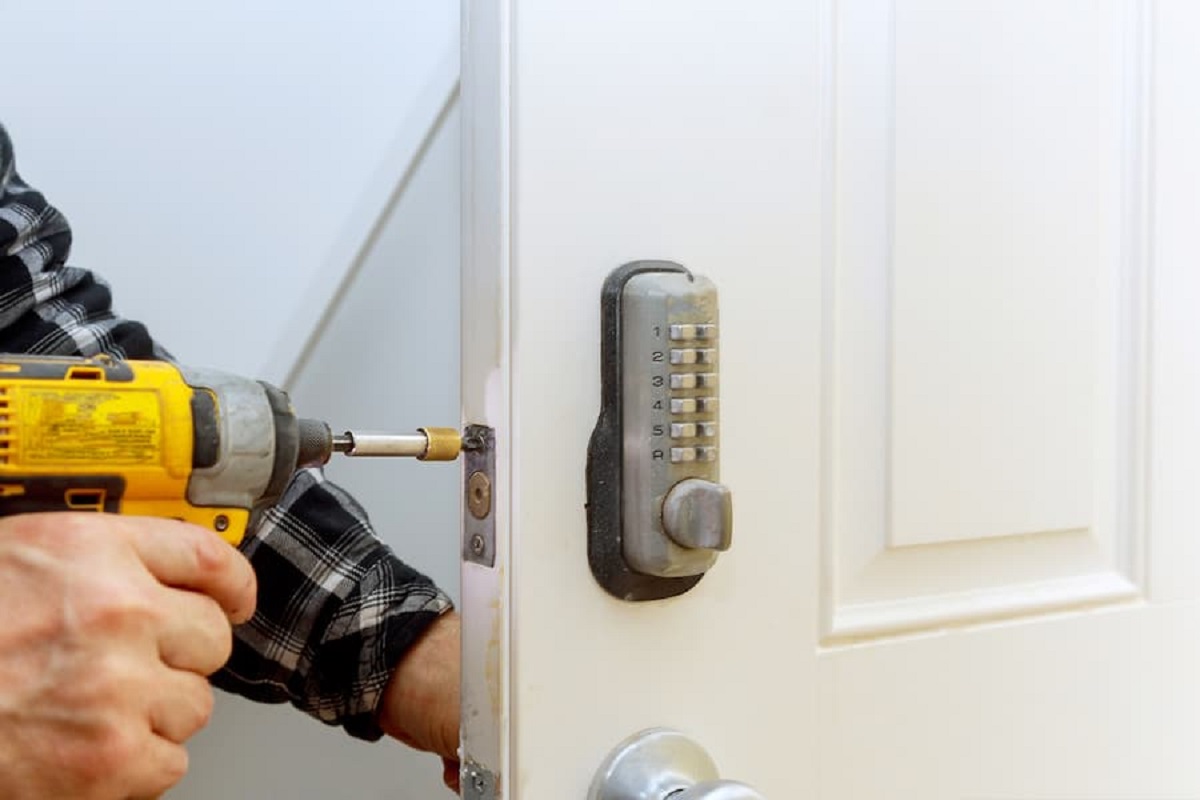
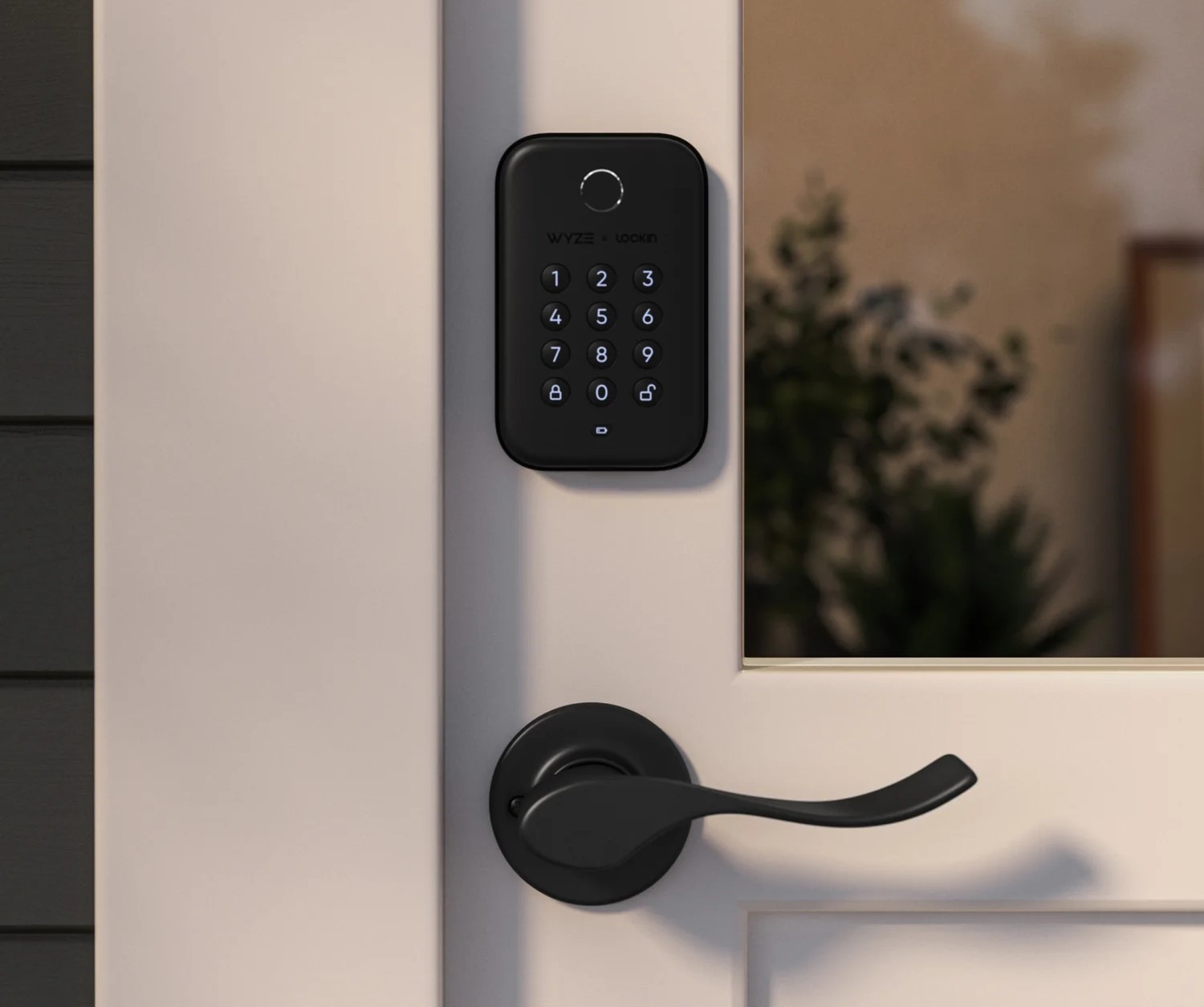
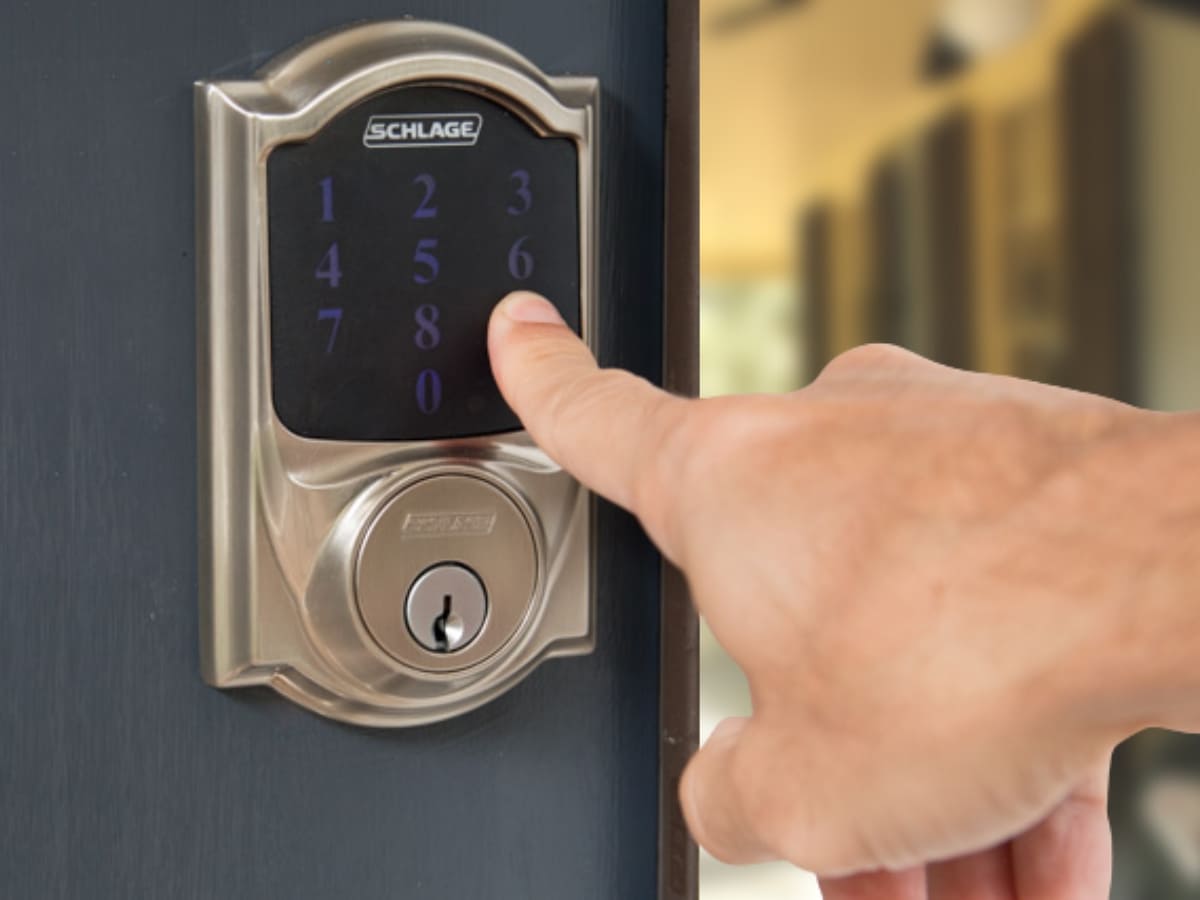
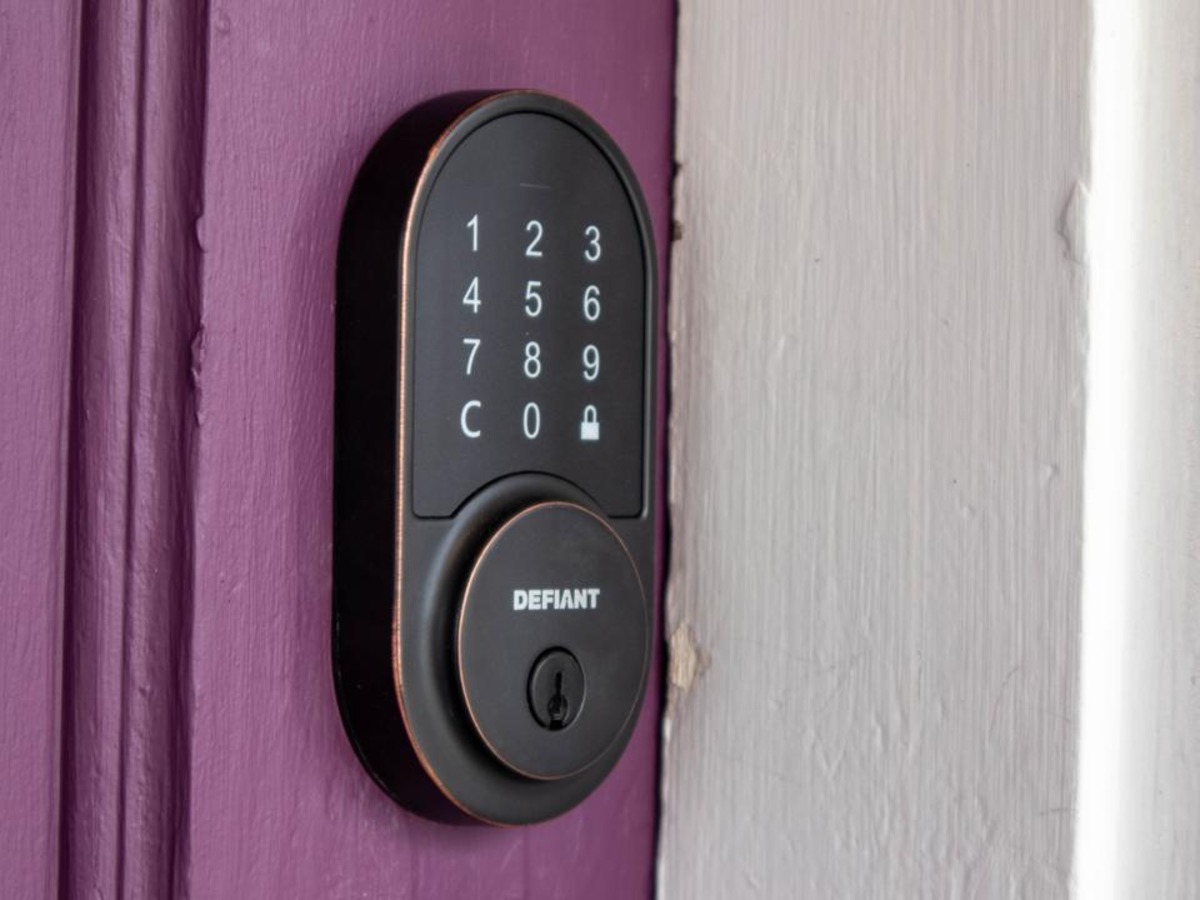
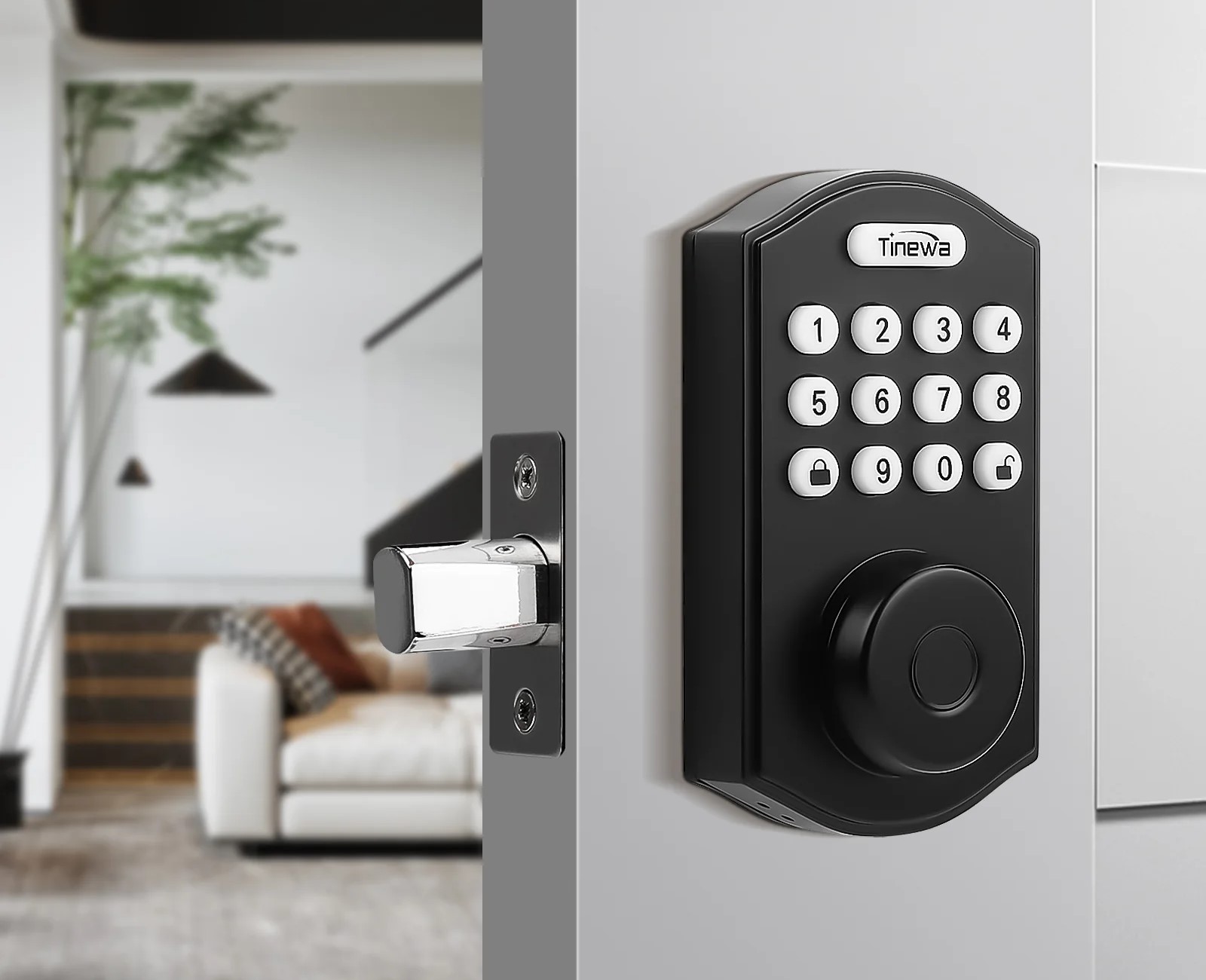
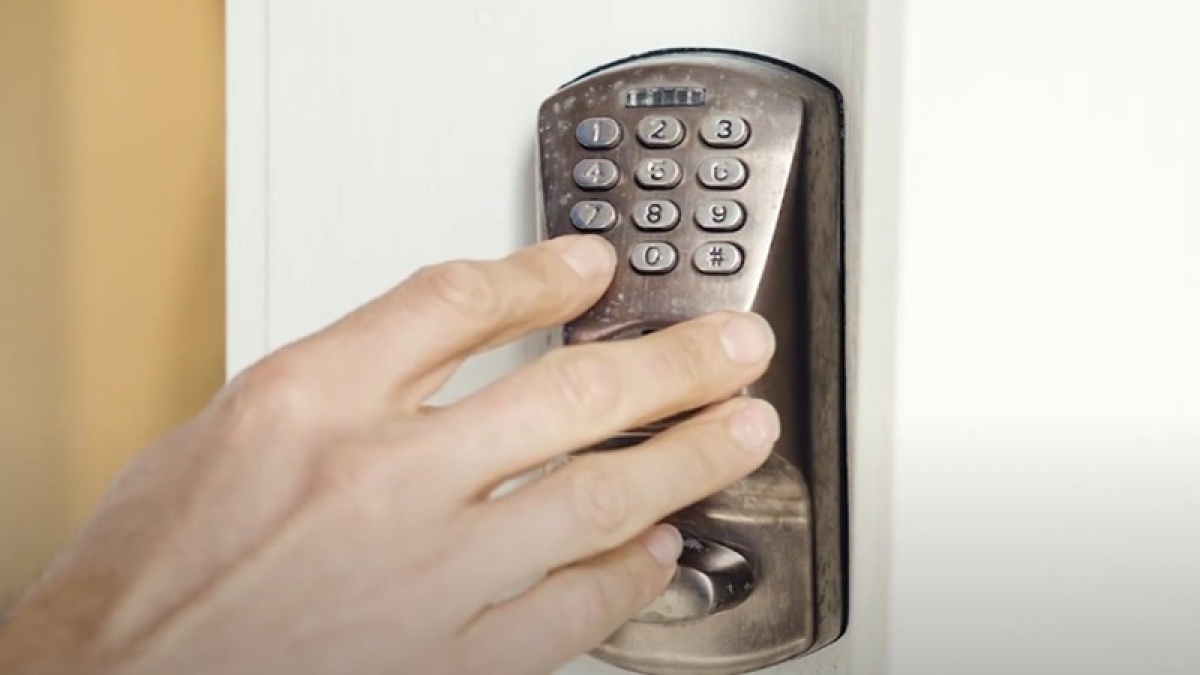
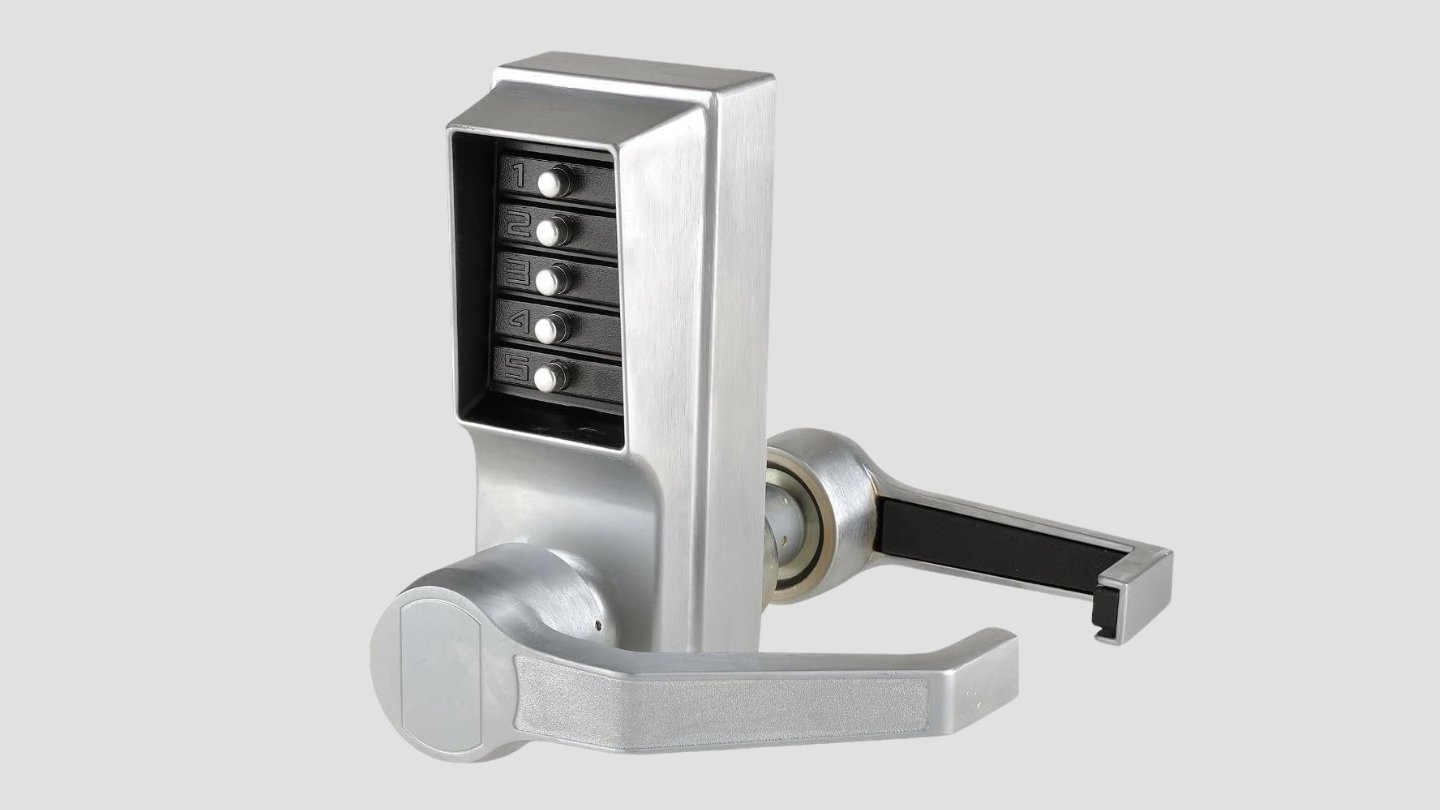
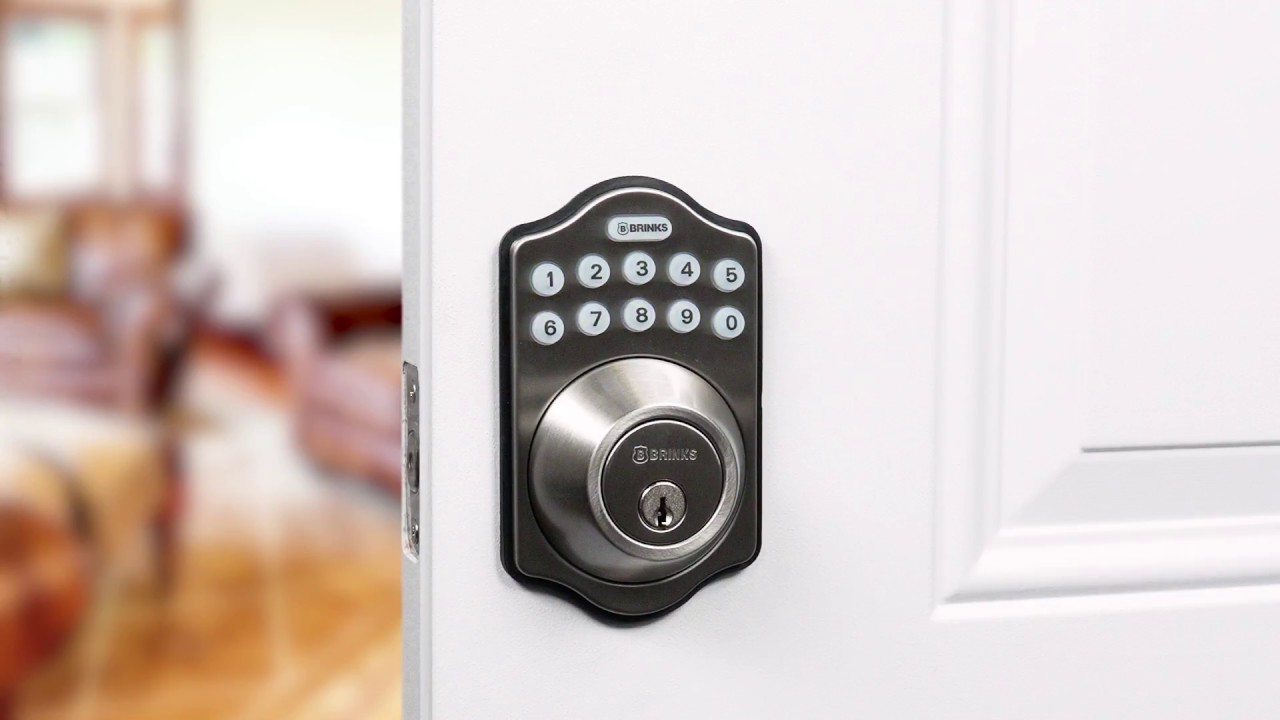
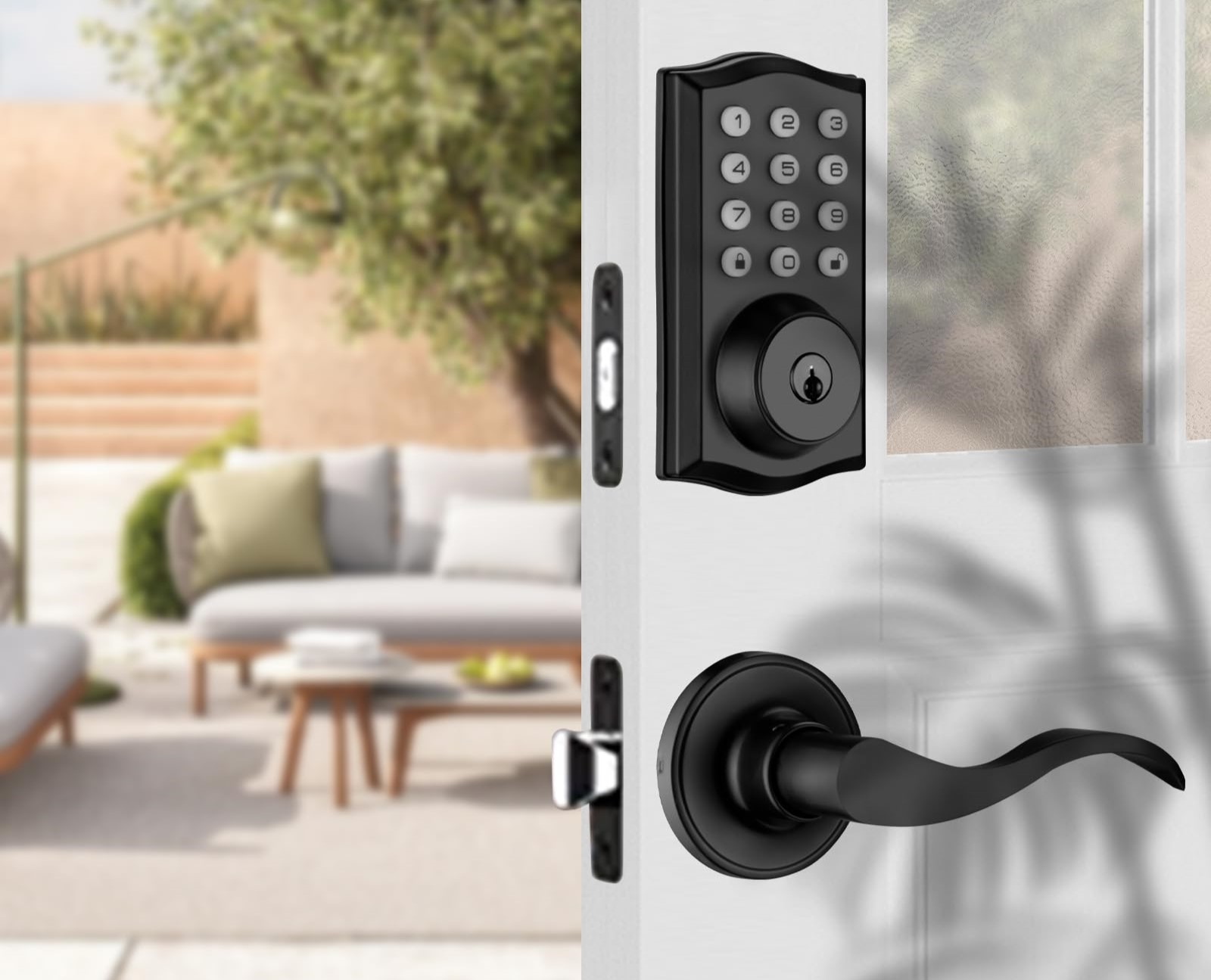
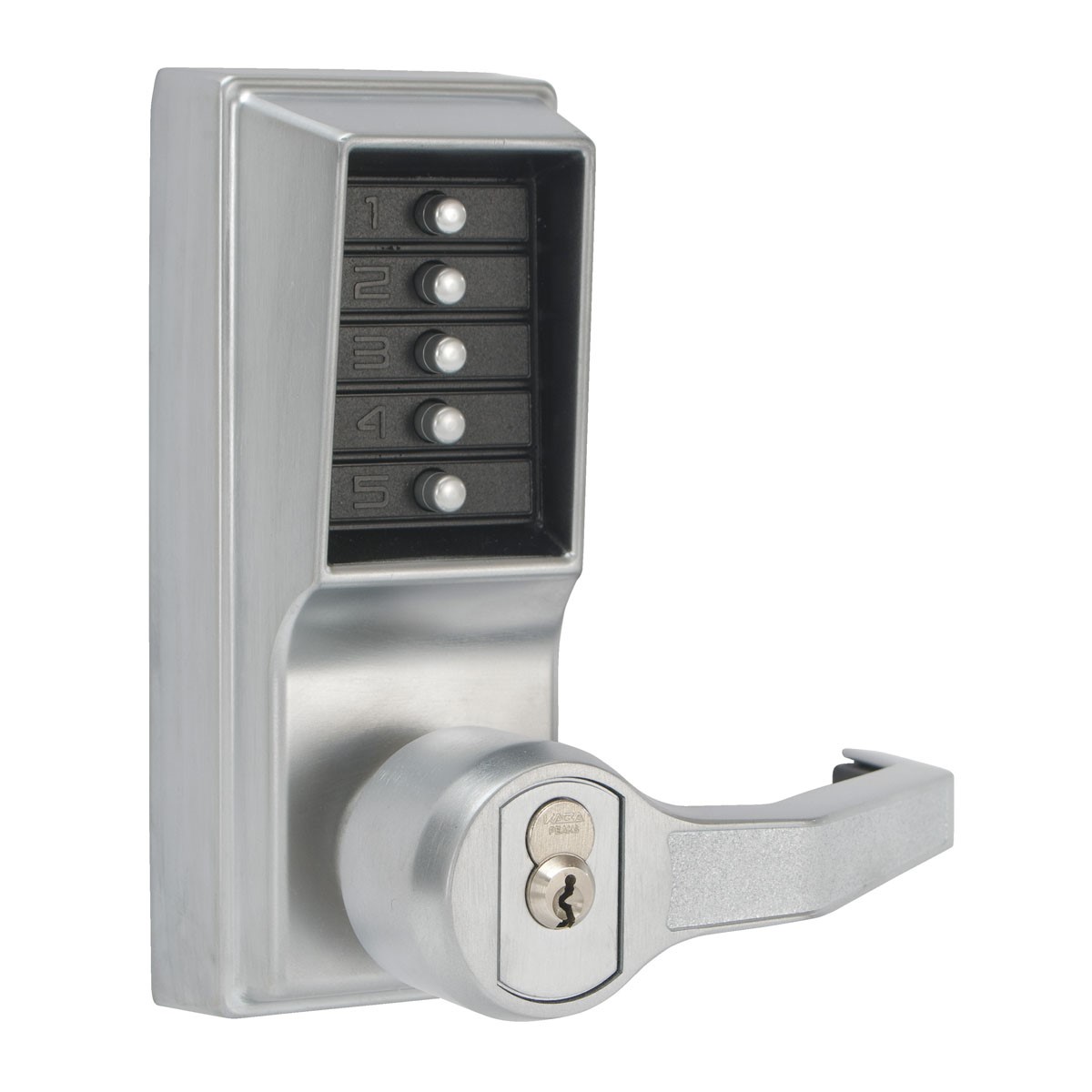
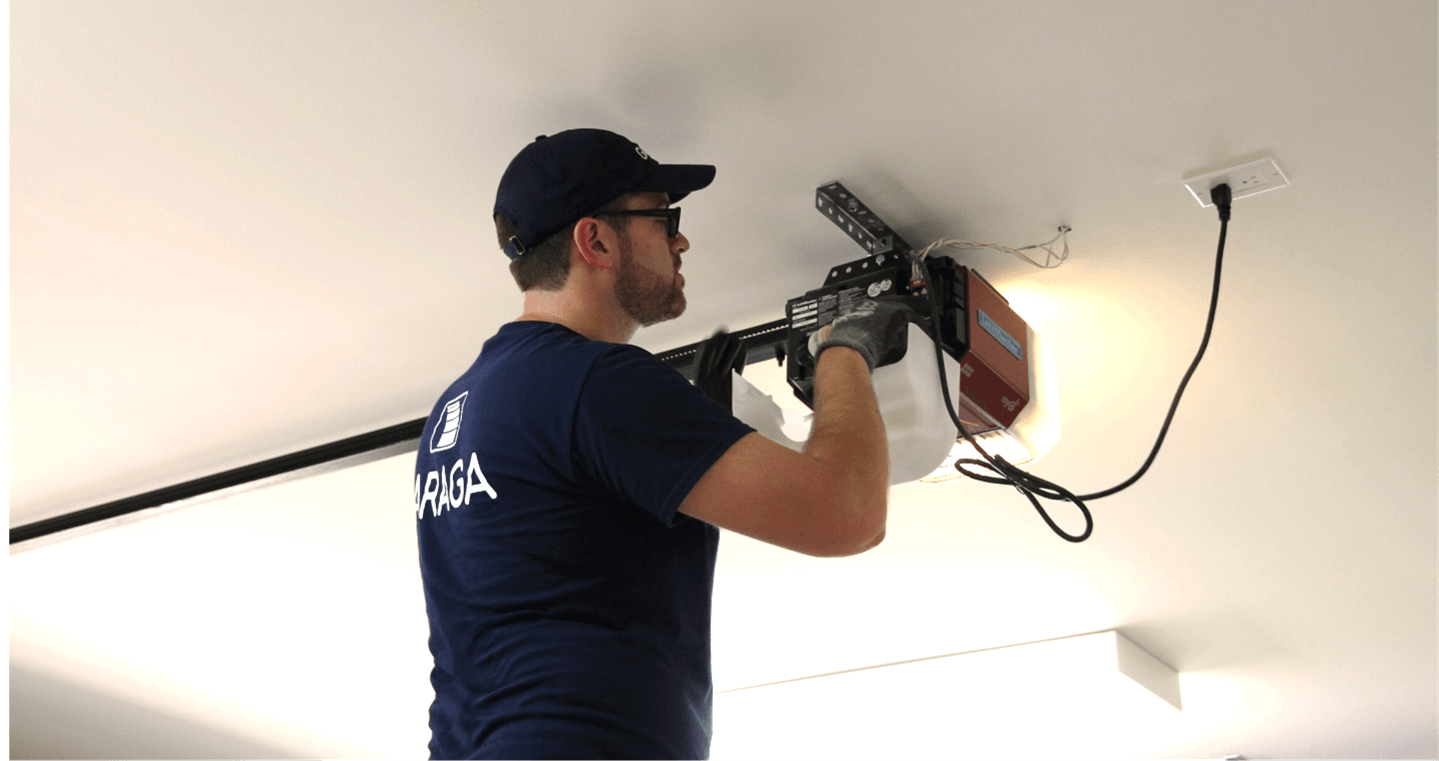
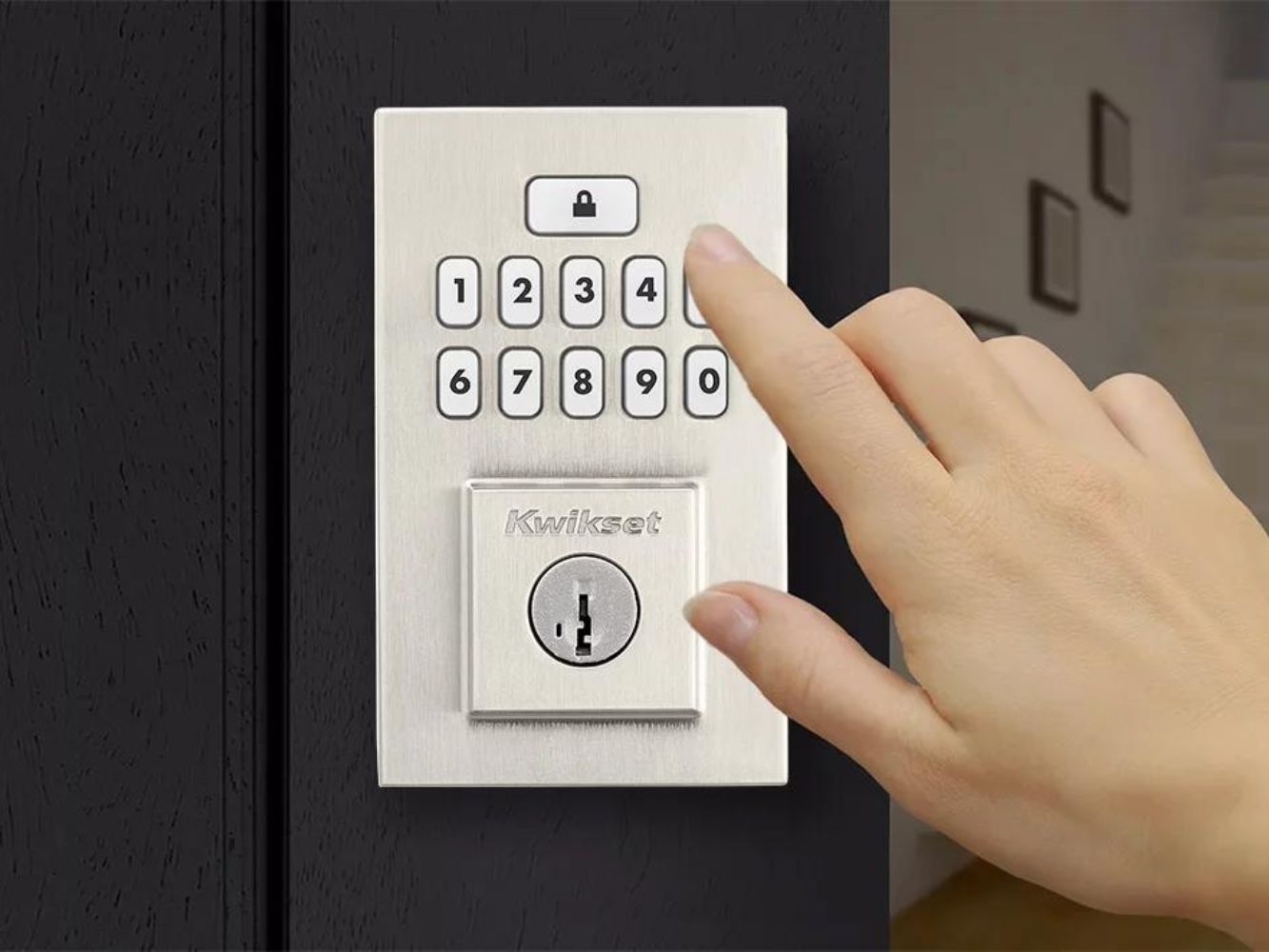
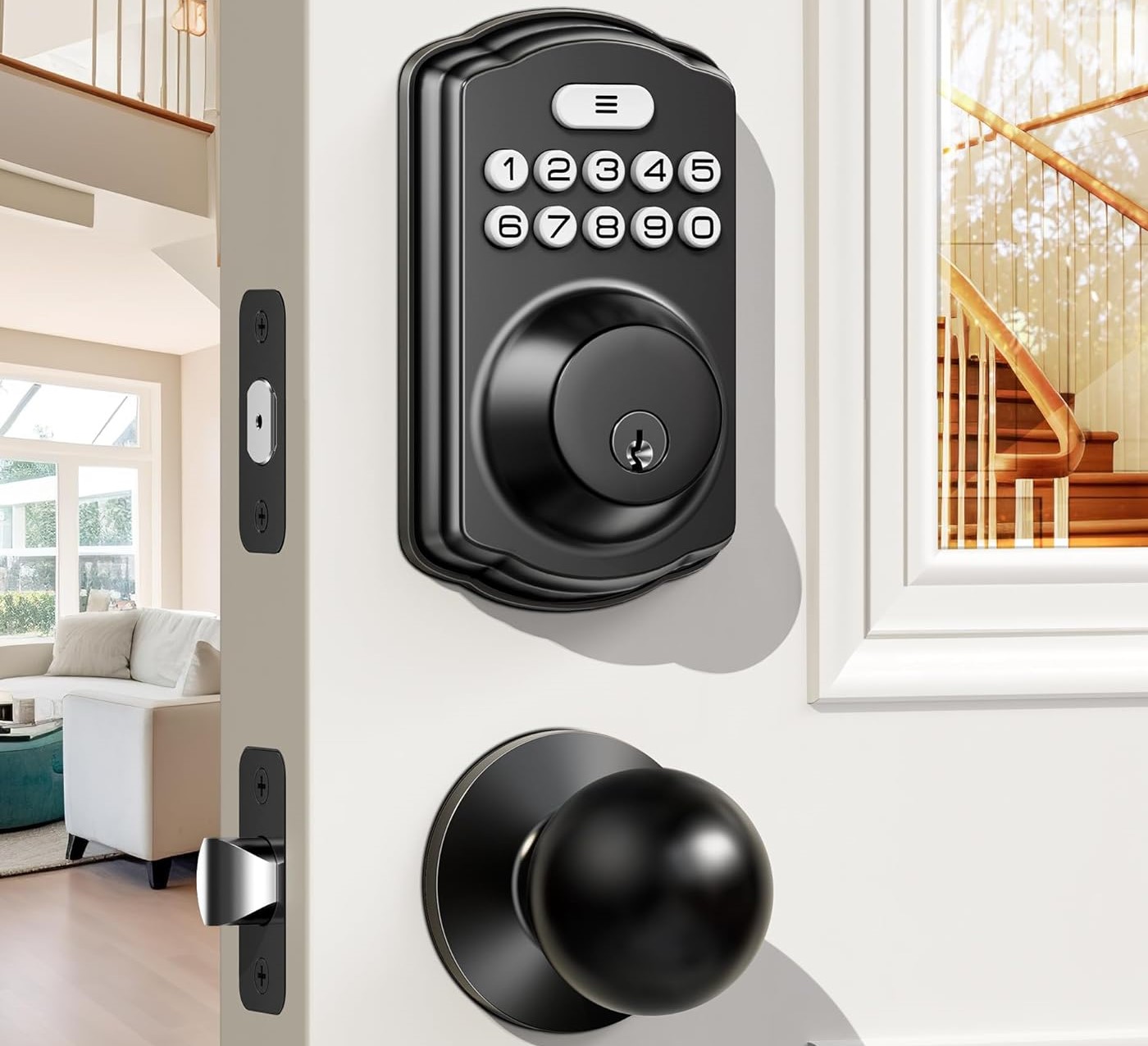
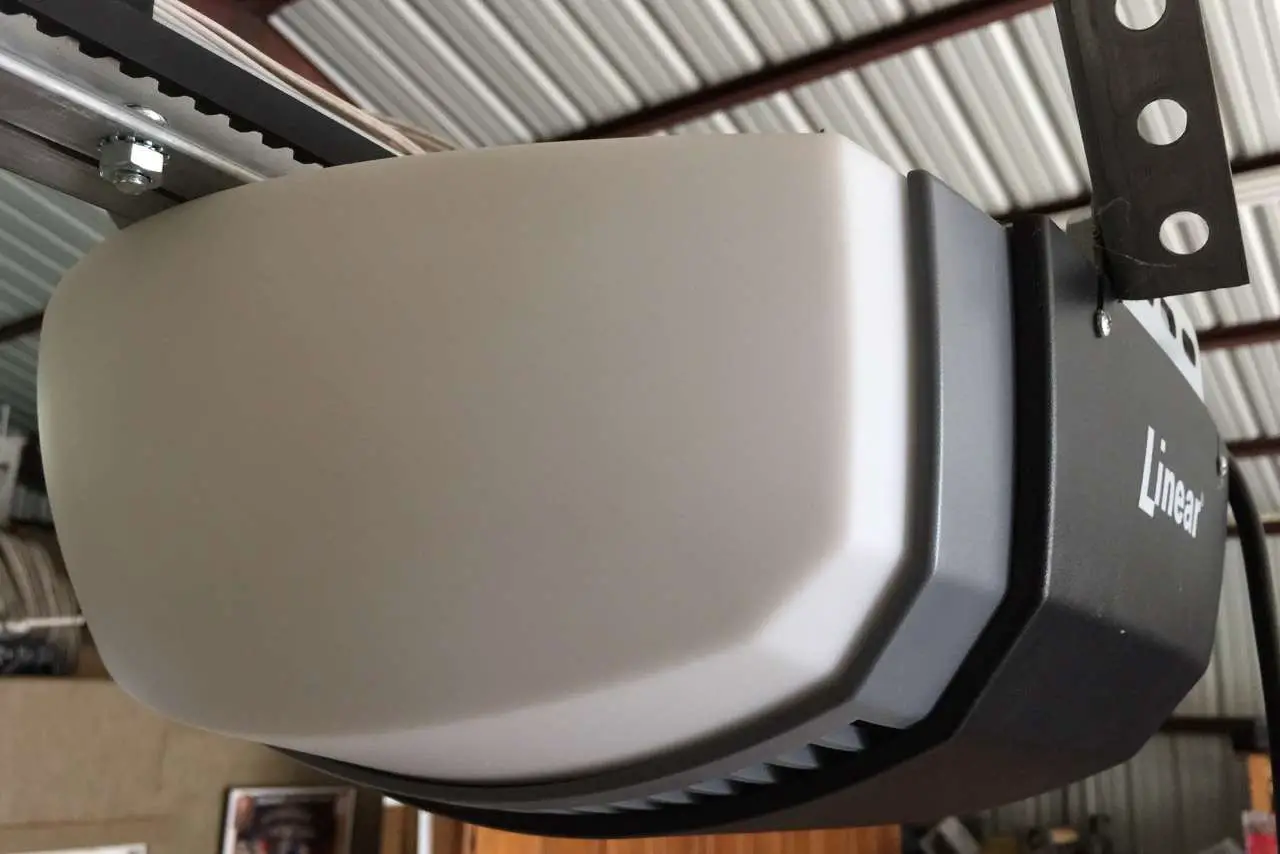

0 thoughts on “How To Reprogram Keypad Door Lock”